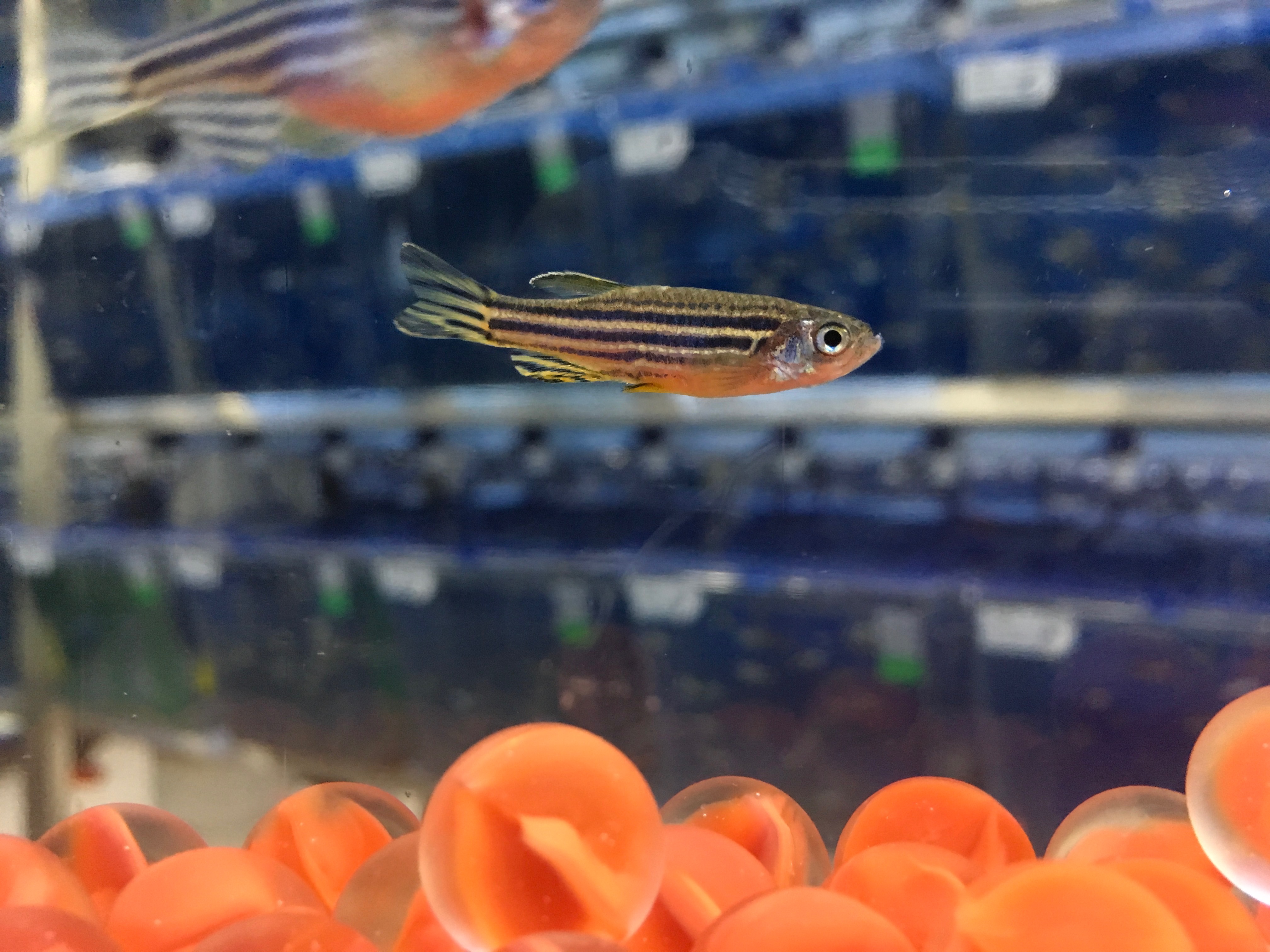Animal research involves a diverse range of hazards, some that pertain to animals, and others are related to the work being performed.
Please visit the Animal Worker Occupational Health & Safety page for requirements and resources for personnel working with or around animals. Topics include:
- Allergies
- Animal use medical screening
- Compassion fatigue
- Ergonomic hazards
- Fieldwork
- Handling of hazardous materials and agents administered to animals
- Hearing protection
- Physical hazards
- Zoonotic diseases
The Exposure Response Poster describes the actions you need to follow in the event of a possible exposure to a hazardous or biological agent.
If you experience an exposure:
- Immediately perform first aid.
- Call for medical help.
- Report the incident to a supervisor first and then to EH&S through the UW Online Accident Reporting System (OARS).
Work with certain biological agents may require medical counseling, medical surveillance, and/or immunization. Talk with your principal investigator or supervisor if you are working with any of the agents listed below.
- Biosafety level 3 (BSL-3) agents
- Hepatitis B virus, human blood, or other potentially infectious materials
- Influenza virus
- Lymphocytic choriomeningitis virus (LCMV)
- Rabies virus
- SARS-CoV-2 (COVID-19)
- Treponema pallidum
- Vaccinia virus
- Zika virus
If you have a personal medical or occupational concern at any time, contact the Employee Health Center for a confidential medical consultation.
If you are working with any hazardous agent, you need to know how to work safely at all times and the work practices needed to minimize your potential exposure to hazardous agents. The EH&S Reproductive Hazard Guidelines provide information about potential reproductive and developmental hazards in the workplace, which may include physical hazards or chemical, biological, or radiological substances.
The goal is to protect the reproductive health of University personnel and students from occupational exposures which are known or suspected of being capable of posing a hazard to human reproduction. EH&S is available to assist in evaluating risks and to advise on appropriate control measures to help reduce the potential hazards.
The Magnetic Resonance Imaging (MRI) Medical Safety Screening assures the safety of UW personnel who may be exposed to the MR magnet. Submission of a screening form is required prior to entry into an MR environment.
Please visit the MRI Medical Screening page for more information.
In general, serum from researchers is not collected and banked. In certain cases, serum collection and/or monitoring programs may be offered or required. The University conducts serum banking only when: (1) it is required by federal regulations or suggested by evidence-based occupational health practices standards; and (2) there is a plan to analyze the data as part of a risk assessment strategy.
Refer to the Serum Banking Policy for more information.
